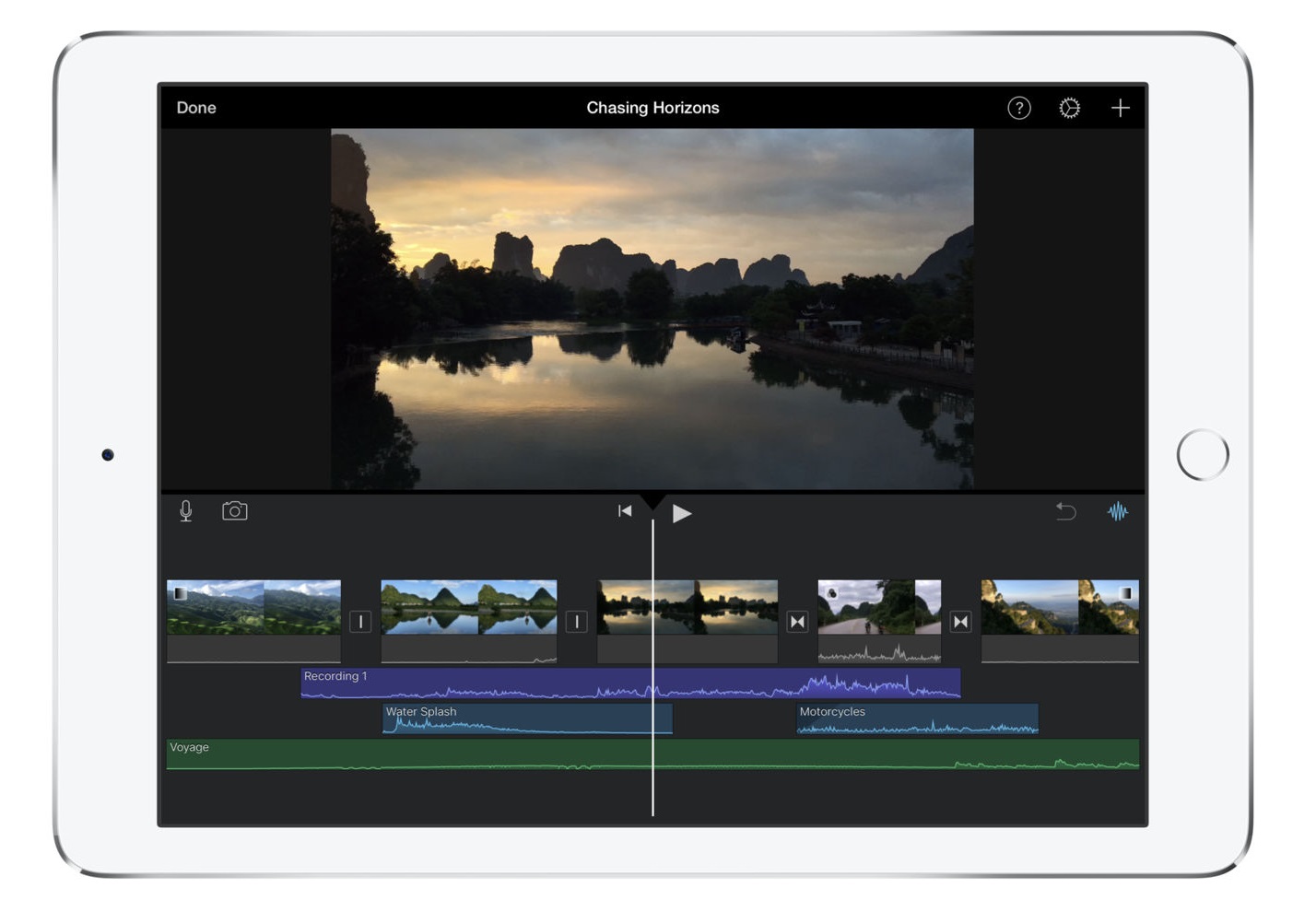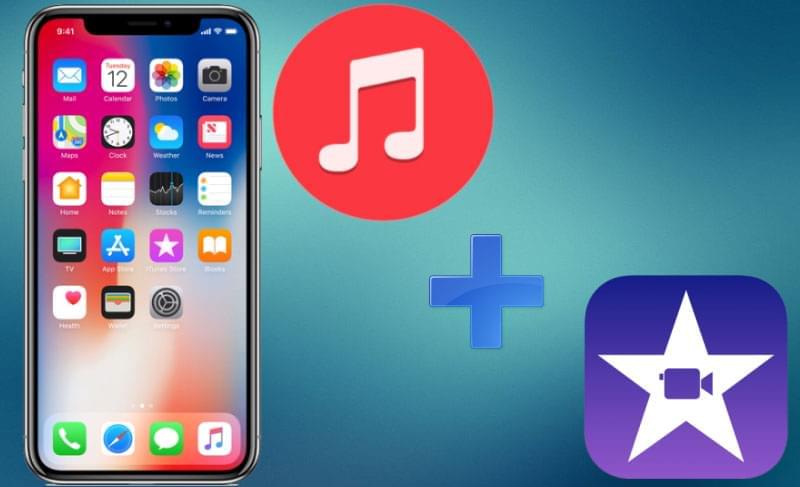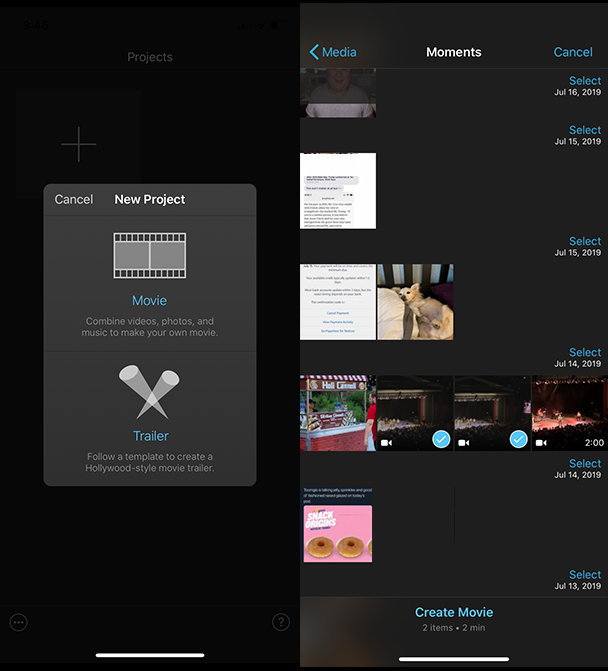
- #FREE DOWNLOAD IMOVIE FOR IPHONE FOR MAC#
- #FREE DOWNLOAD IMOVIE FOR IPHONE MOVIE#
- #FREE DOWNLOAD IMOVIE FOR IPHONE 1080P#
- #FREE DOWNLOAD IMOVIE FOR IPHONE MAC#
Speed up and slow down the action with fast-forward and slow-motion effects.
#FREE DOWNLOAD IMOVIE FOR IPHONE MOVIE#
Enhance your movie by adding titles, transitions, and 3D globes and travel maps.
#FREE DOWNLOAD IMOVIE FOR IPHONE MAC#
#FREE DOWNLOAD IMOVIE FOR IPHONE 1080P#


Browse your video library, share favorite moments, and create beautiful movies that you can edit at resolutions up to 4K. Unfortunately, projects editing in iMovie on the Mac cannot be sent back to iMovie for iOS.With a streamlined design and intuitive editing features, iMovie lets you create Hollywood-style trailers and beautiful movies like never before.
#FREE DOWNLOAD IMOVIE FOR IPHONE FOR MAC#
Jeff Carlson Edit projects in iMovie for Mac Choose whether to browse iCloud or iTunes, and tap to select the project you wish to import.In iMovie for iOS, go to the Projects view and tap the Import button.If you’re getting it via iCloud, skip to the next step. If you’re going through iTunes, bring up the File Sharing window of the device in iTunes and drag the file from the Finder to the iMovie Documents pane.iMovieMobile file back onto the iOS device is easy. Let’s say the day comes when you do realize you want to edit an old project that you’ve archived in iCloud or on your hard disk. Put projects back onto the iPhone or iPad for editing If you subscribe to iCloud Photo Library and have it set to optimize storage on the device, however, those clips will be deleted and replaced with placeholders that allow you to re-download them later. Once you’ve copied the project to the Finder, select it in iTunes and press Delete.Ĭonfirm the validity of the project using iMovie on the Mac, and then remove the original project in iMovie.īut wait, doesn’t this operating still leave gigabytes of video files on the iPhone or iPad? How astute of you to notice! Yes, it does. iMovieMobile file still takes up extra space on the iPhone or iPad, separate from the original project itself. When you export the project for iTunes, iMovie stores the file in an “iOS limbo” area, a portion of memory used by iMovie for this purpose. There’s one more step before you’re done. Drag that file from iTunes to the Finder to copy it onto the Mac.

You’ll see the project listed under iMovie Documents, marked by the project name and the extension.

If you’re running an earlier version of iTunes, click the Apps item.


 0 kommentar(er)
0 kommentar(er)
